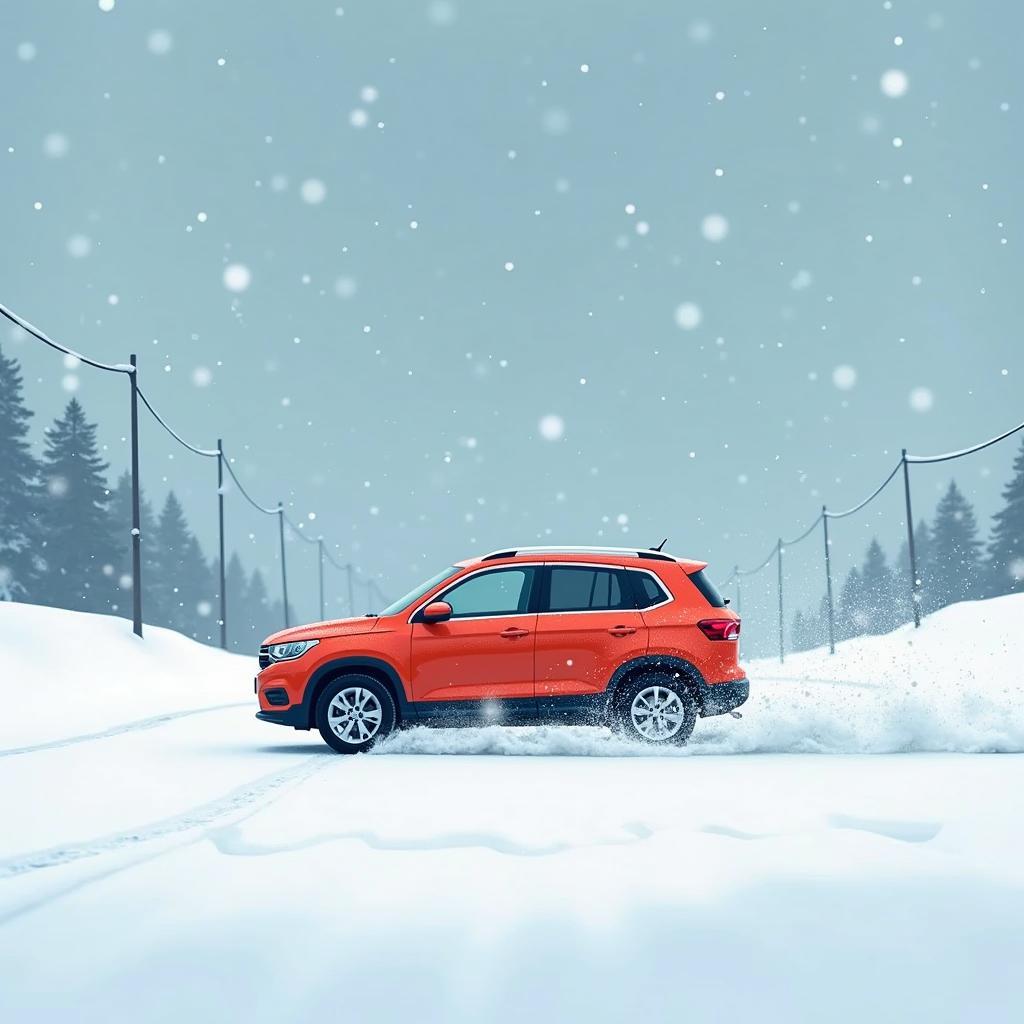Rear-wheel drive (RWD) is a drivetrain system where engine power is transmitted solely to the rear wheels. It offers a dynamic driving experience and is often preferred in sports cars and some luxury vehicles. But what exactly is RWD, what are its advantages and disadvantages, and who is it suitable for? In this article, we will comprehensively answer these questions and bring you everything you need to know about rear-wheel drive.
After World War II, rear-wheel drive experienced a true renaissance in Germany. Vehicles like the Opel Kapitän or the BMW 501 significantly contributed to this. Opel RWD Models
What is Rear-Wheel Drive?
Rear-wheel drive means that the engine’s power is transmitted solely to the rear wheels. The front wheels are used only for steering. This system differs from front-wheel drive, where the front wheels are responsible for both steering and propulsion, and from all-wheel drive, where all four wheels are driven. Rear-wheel drive offers a characteristic driving feel and has both advantages and disadvantages.
Advantages of Rear-Wheel Drive
A main advantage of rear-wheel drive is its more dynamic handling. By separating steering and drive, the front wheels can fully concentrate on steering, leading to more precise and direct steering. When accelerating, the vehicle doesn’t push over the front wheels but rather “pulls” itself out of the corner. This is often perceived as sportier and allows for controlled drifts.
 Sports car cornering with rear-wheel drive
Sports car cornering with rear-wheel drive
Disadvantages of Rear-Wheel Drive
Despite the advantages, rear-wheel drive also has disadvantages. In winter conditions, rear-wheel drive can be more prone to traction problems. The rear wheels can spin more easily, especially when starting on snow or ice. Furthermore, RWD is generally more complex and expensive to manufacture than front-wheel drive. Vehicles with rear-wheel drive often have higher fuel consumption and offer less interior space due to the need for a driveshaft tunnel.
Rear-Wheel Drive Compared
Compared to front-wheel drive, rear-wheel drive offers a sportier driving experience, as mentioned earlier. However, the Front-Wheel Drive vs. Rear-Wheel Drive comparison also shows the advantages of FWD in terms of efficiency and interior space. All-wheel drive offers the best traction but is the most complex and expensive. “Choosing the right drivetrain depends heavily on individual needs and driving profile,” says Dr. Ing. Hans Müller, author of “Modern Drivetrain Technology.”
 Rear-wheel drive car struggling for traction on snow or ice
Rear-wheel drive car struggling for traction on snow or ice
RWD and Modern Technologies
Modern technologies such as electronic stability programs (ESP) and traction control significantly minimize the disadvantages of rear-wheel drive. These systems intervene as soon as wheels spin, ensuring greater stability and safety, even in challenging road conditions. Vehicles like the BMW 1 Series RWD show how well rear-wheel drive and modern technology can harmonize.
Who is Rear-Wheel Drive Suitable For?
Rear-wheel drive is ideal for drivers who value dynamic and sporty handling. It is particularly suitable for sports cars and luxury sedans. For drivers who primarily travel in areas with a lot of snow and ice, RWD may be less suitable. Here, front-wheel or all-wheel drive offer greater safety and traction. However, there are also exceptions, such as the 2009 Hyundai Santa Fe.
Frequently Asked Questions about RWD
- Is rear-wheel drive more expensive to maintain? Not necessarily, but drivetrain repairs can be more complex and thus more expensive.
- Does rear-wheel drive use more fuel? Generally yes, due to higher weight and more complex technology.
- Is rear-wheel drive dangerous in winter? With modern assistance systems, RWD is safely manageable even in winter.
 Modern car dashboard displaying stability control system icon
Modern car dashboard displaying stability control system icon
More Information on autorepairaid.com
For more information on specific rear-wheel drive vehicle models, such as the 2017 Toyota Prius, visit our website autorepairaid.com. There you will also find helpful tips and guides for vehicle maintenance and repair.
Conclusion
Rear-wheel drive offers a unique driving experience with dynamic handling and precise steering. Modern technologies compensate for the traditional disadvantages of RWD, making it interesting for everyday use as well. Ultimately, choosing the right drivetrain depends on individual needs and priorities. Do you need further assistance? Contact us at autorepairaid.com. Our experts are available 24/7!

